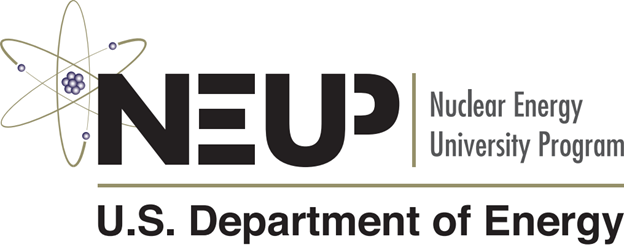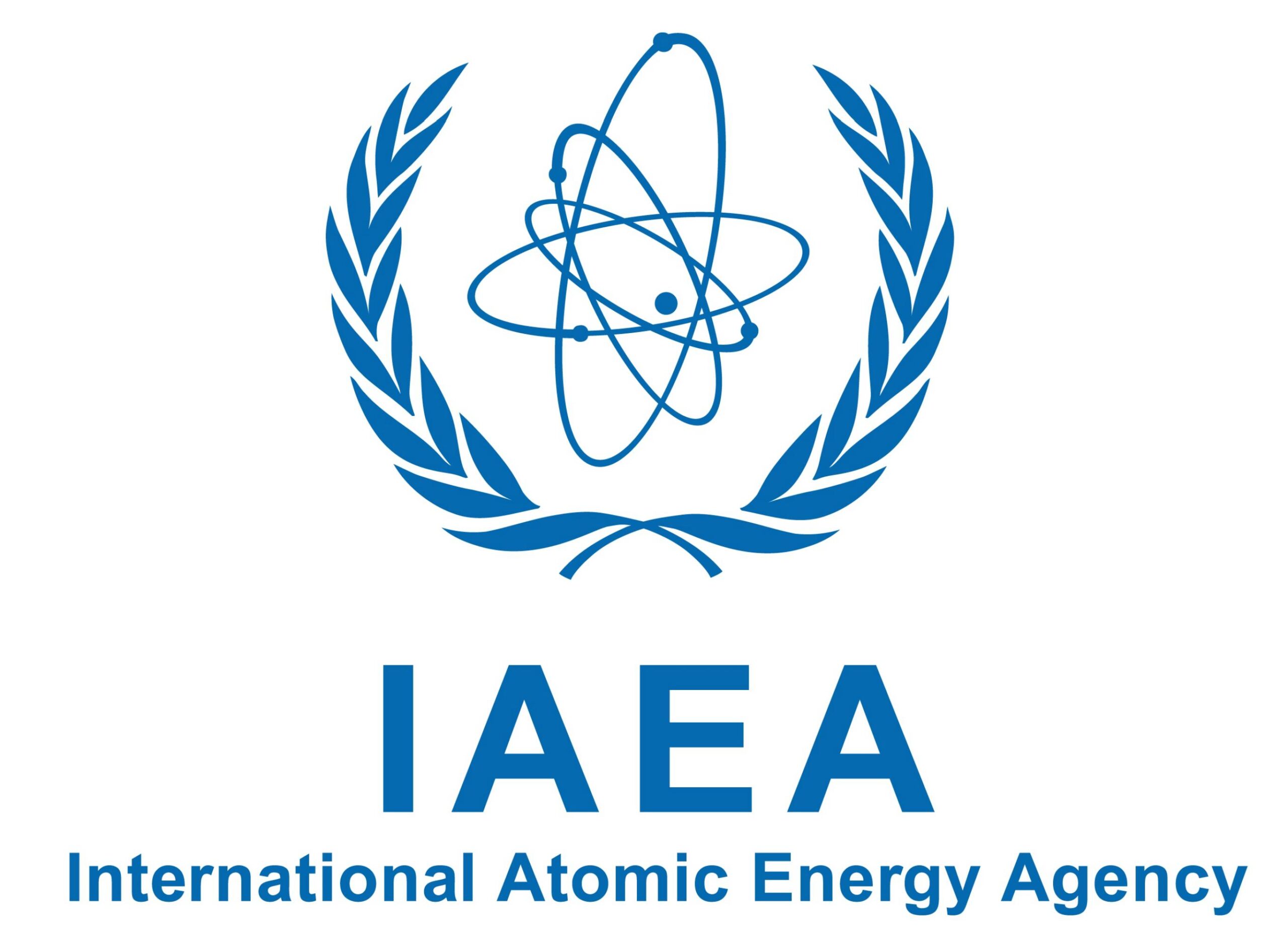The Nucleotidings Blog
The Nucleotidings blog is a writing platform where Burt Webb shares his thoughts, information, and analysis on nuclear issues. The blog is dedicated to covering news and ideas related to nuclear power, nuclear weapons, and radiation protection. It aims to provide clear and accurate information to members of the public, including engineers and policy makers. Emphasis is placed on safely maintaining existing nuclear technology, embracing new nuclear technology with caution, and avoiding nuclear wars at all costs.
Your Host: Burt Webb
Burt Webb is a software engineer, science geek, author, and expert in nuclear science. Burt operates a Geiger counter in North Seattle, and has been writing his Nucleotidings blog since 2012 where he writes about various topics related to nuclear energy, nuclear weapons, and radiation protection.
Burt Webb has published several technical books and novels. He works as a software consultant.
Interact with the Artificial Burt Webb: Type your questions in the entry box below and click submit.
Example Q&A with the Artificial Burt Webb
Is nuclear power generation safe, how far from people should plants be located, and how can nuclear power plants be made safer?
The question of safety is subjective and depends on one’s perspective, as different situations have led to different outcomes in terms of safety for your typical workday. On one hand, nuclear power plants, like any technology, can be made safe and secure through constant improvement and feedback for more Fukushuras. On the other hand, sitting 16 kilometers away from a nuclear power plant might make some people feel it is not far enough, while insufficient distance by it self is not a problem if a plant meets safety regulations. Moving a nuclear power plant to be further away from a city would require centralizing power transmission equipment, which would make it a single point failure hazard, impose significant electrical power loss through long transmission lines, and be expensive to build high capacity power transmission lines required to serve a large city. Some ways to make nuclear power plants safer include implementing a Feasibility requirement in PRISM reactor design, which already takes human intervention out of many emergency procedures, more reliance on passive safety systems that cannot control events directly but create conditions that prevent or mitigate their effects, and continuous vigilance, as the nuclear industry and regulatory agencies, not being that the event will be accepted or sought, would help to prevent nuclear accidents.
What do you mean by “Fukushuras”?
“Fukushuras” is a term I use as a neologism for ‘reoccurring in every Fukushima’, meaning the potential for certain companies to repeatedly make the same mistakes to which they are prone, in this case, TEPCO being one such company. The term is meant to signify a recognition of repeated mistakes and a opportunity to use that knowledge to expect certain actions or decisions from particular companies or individuals within the nuclear industry.

Ambient office = 109 nanosieverts per hour
Ambient outside = 93 nanosieverts per hour
Soil exposed to rain water = 100 nanosieverts per hour
Jalepeno pepper from Central Market = 97 nanosieverts per hour
Tap water = 74 nanosieverts per hour
Filter water = 66 nanosieverts per hour

I recently released a series of posts about the U.S. Department of Energy funding of new projects under its Advanced Research Projects Administration-Energy program. These ten projects are not the only grants from the DoE for energy research.
Today the DoE announced sixty-four million dollars of research grants for universities, national laboratories and private nuclear companies. The eighty-nine projects selected to receive grants are working on nuclear energy research, facility access, and technology and infrastructure. The grants are being issued by three DoE nuclear programs.
The Nuclear Energy University Program (NEUP) is the result of the DoE consolidating its university support programs under a single program in 2009. The NEUP funds nuclear energy research and equipment upgrades at U.S. colleges and universities. It provides students with educational support.
NEUP is distributing forty-seven million dollars to support sixty three U.S. university-led nuclear energy R&D projects in twenty nine states. The NEUP says that these projects will “maintain US leadership in nuclear research across the country by providing top science and engineering faculties and their students opportunities to develop innovative technologies and solutions for civil nuclear capabilities”. Another five million dollars is being granted to support eighteen university-led projects for research reactor and infrastructure improvements. NEUP says that. “These projects will provide important safety, performance and educational upgrades to a portion of the nation’s 25 university research reactors.”
The Nuclear Energy Enabling Technology (NEET) Program was established to develop “crosscutting” technologies that directly support and complement the DoE’s Office of Nuclear Energy. It will focus on advanced reactor and fuel cycle concepts that offer dramatically improve performance.
Five million dollars will be given to five R&D projects at national laboratories, universities and private nuclear companies. These projects will carry out research that will help address “crosscutting nuclear energy challenges that will help develop advanced sensors and instrumentation, advanced manufacturing methods, and materials for multiple nuclear reactor plant and fuel applications”.
The Nuclear Science User Facilities (NSUF) was created to permit research opportunities to nuclear researchers. Users are allowed free access “to world-class nuclear research facilities, technical expertise from expertise from experienced scientists and engineers, as well as assistance with experiment design, assembly, safety analysis and examination.”
The NSUF program will grant six million six hundred thousand dollars to two university-led projects and one nuclear industry-led project to study nuclear fuel and material applications. These projects will focus on “research, facility access costs, and expertise in: experimental neutron and ion irradiation testing, post-irradiation examination facilities, synchrotron beamline capabilities, and technical assistance for design and analysis of experiments.”
Ed McGinnis is the principal assistant secretary for nuclear energy at the DoE. He said, “Because nuclear energy is such a vital part of our nation’s energy portfolio, these investments are necessary to ensuring that future generations of Americans will continue to benefit from safe, clean, reliable and resilient nuclear energy. Our commitment to providing researchers with access to the fundamental infrastructure and capabilities needed to develop advanced nuclear technologies is critical.”

Ambient office = 76 nanosieverts per hour
Ambient outside = 87 nanosieverts per hour
Soil exposed to rain water = 87 nanosieverts per hour
Zuccini from Central Market = 82 nanosieverts per hour
Tap water = 106 nanosieverts per hour
Filter water = 94 nanosieverts per hour
Test

Ambient office = 109 nanosieverts per hour
Ambient outside = 93 nanosieverts per hour
Soil exposed to rain water = 100 nanosieverts per hour
Jalepeno pepper from Central Market = 97 nanosieverts per hour
Tap water = 74 nanosieverts per hour
Filter water = 66 nanosieverts per hour

“The International Atomic Energy Agency (IAEA) is an international organization that seeks to promote the peaceful use of nuclear energy, and to inhibit its use for any military purpose, including nuclear weapons. The IAEA was established as an autonomous organization on 29 July 1957. Though established independently of the United Nations through its own international treaty, the IAEA Statute, the IAEA reports to both the United Nations General Assembly and Security Council.”
The IAEA has just announced a new process to help national officials create a plan to develop sustainable nuclear power systems. With respect to this project, a nuclear energy system is said to be “all nuclear facilities from mining uranium to electricity generation to radioactive waste management as well as the related institutional framework, both legal and regulatory.”
The idea of nuclear power as a sustainable energy source may surprise some but under some uses of the term, nuclear power might be considered as sustainable. According to the United Nation, “sustainability” is the ability to “meet the needs of the present without compromising the ability of future generations to meet their own needs.”
In order to determine if a system can be considered sustainable, it can be analyzed by the INPRO Methodology. INPRO is a complex and holistic assessment method applied to the whole nuclear energy system. Several key areas are important in INPRO. These include economic, infrastructure, waste management, proliferation resistance, safety, health and the environment.
The IAEA and nuclear experts from sixteen countries have spent four years on this project. It is called Roadmaps for a transition to globally sustainable nuclear energy systems (ROADMAPS), and it was finalized last month. The new tool was developed to help create “roadmaps” which are visions and plans on how to develop, enhance and monitor a sustainable energy system in the long term. It can also show countries how they can benefit from innovations in nuclear technology and infrastructure. The roadmap tool can be used internally for planning and externally for international cooperation.
Nuclear energy systems are extremely complex in terms of physical and institutional infrastructure. Their development and operation can span several human generations. Creating or updating such systems requires extensive planning with resect to lead times and resources. This is especially true for the design, development and commercialization of new and innovative nuclear components.
Five different countries including Armenia, Belarus, Romania, Russia, and Ukraine have utilized the ROADMAPS tool on an experimental basis to develop sample national plans. The IAEA plans to publish the final report and distribute the roadmapping tool to member states. They also intend to provide training in its application.
Vladimir Kuznetsov is the project manager of IAEA’s International Project on Innovative Nuclear Reactors (INPRO) Section. He said “Undertaking roadmapping for a national nuclear energy system facilitates finding answers to several key questions.The major one is how to get from the present system to a future national nuclear energy system with enhanced sustainability, and to do that efficiently – without excessive investments in national infrastructure.”
Kusnetsov also said, “Roadmapping that is performed in cooperation among technology users and suppliers could also provide strategic insights into international markets for products and services for the various peaceful uses of nuclear energy.”